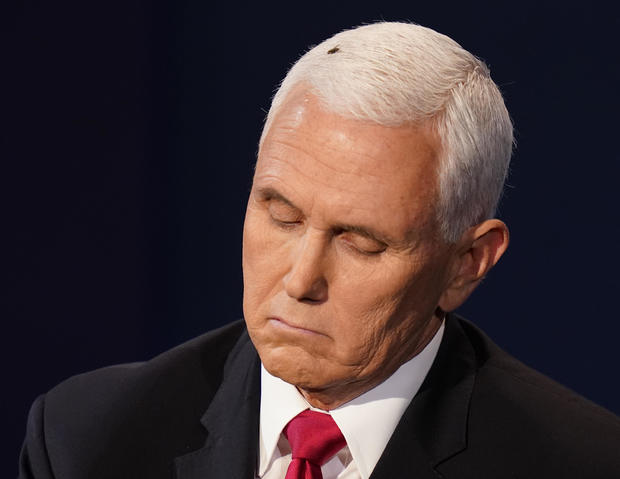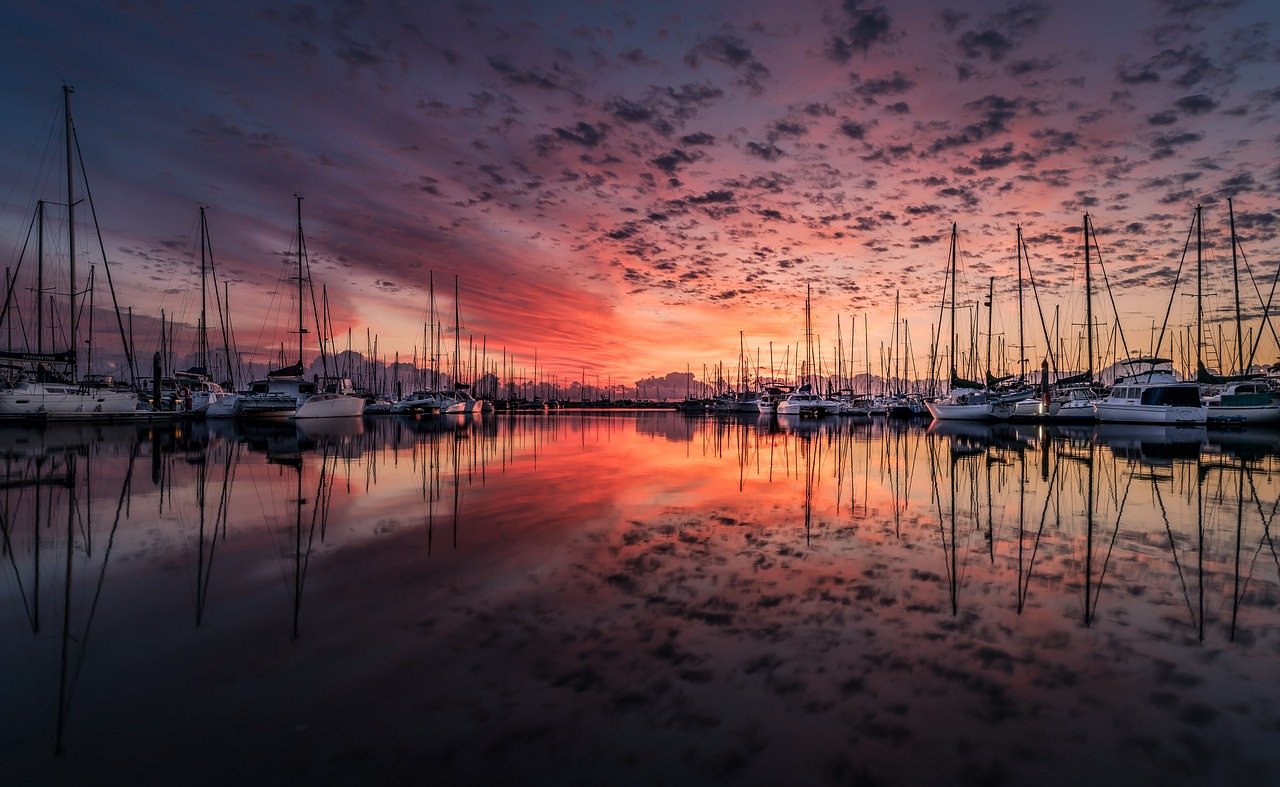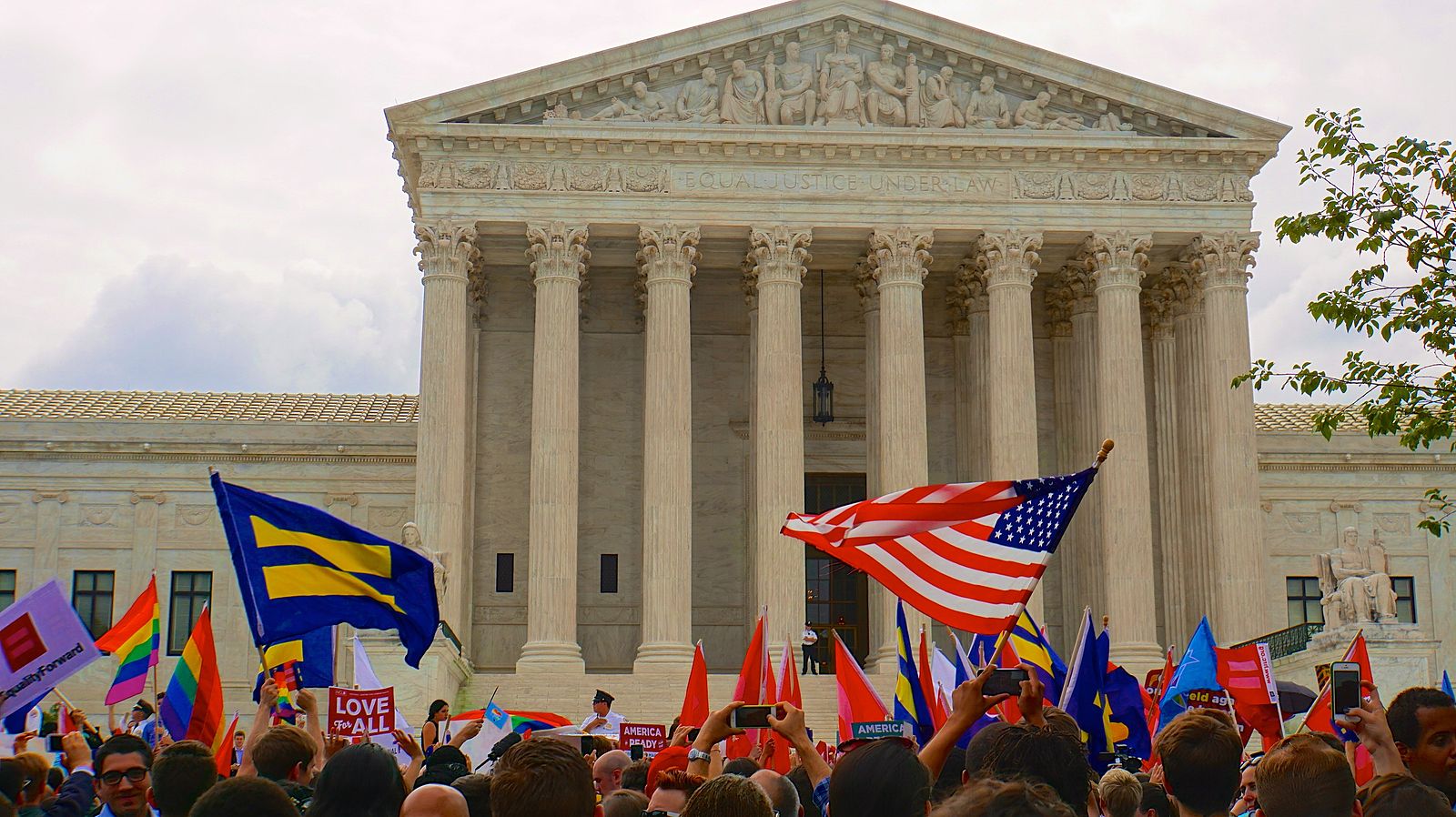THE WINNER OF THE US VP DEBATE?
BEELZEBUB!!!
LORD OF THE FLIES
8 Oct, 2020
Fly on Mike Pence's head during US Vice Presidential debate. Video / CBSN
NZ Herald
There seems to be a fly on the wall at the US Vice Presidential debate and it has taken a liking to Vice President Mike Pence.
While Republican Pence and Democratic challenge Senator Kamala Harris were discussing debate topics, a fly swooped in and landed on top of Pence's head.
The fly set up shop on the Vice President's head for a few minutes.
Twitter was quick to react, and the fly became an internet sensation, even having its own twitter account.
Which now has over 2.4k followers and is now verified on Twitter.
/cloudfront-ap-southeast-2.images.arcpublishing.com/nzme/6X2M5UTVOJCVFBY64O2J2IJ26Y.jpg)
Democratic presidential contender Joe Biden turned to Twitter to comment on the star of the show.
Pitch in $5 to help this campaign fly. https://t.co/CqHAId0j8t pic.twitter.com/NbkPl0a8HV— Joe Biden (@JoeBiden) October 8, 2020

Til I die-ie-ie-ie, ie-ie, ie-ie pic.twitter.com/bWCbXQncUo— Mike Pence's Head Fly (@Kno) October 8, 2020
I think the fly won this debate— Ana Cabrera (@AnaCabrera) October 8, 2020
Give that fly a SAG Award.— dan levy (@danjlevy) October 8, 2020
A fly landed on Vice President Mike Pence's head during the debate pic.twitter.com/2oViyQfHAX— SnapStream (@SnapStream) October 8, 2020
Shout out to that fly. The hero we all needed.— Clint Smith (@ClintSmithIII) October 8, 2020
During the debate, the candidates were separated by plexiglass barriers in an auditorium where any guest who refuses to wear a face mask would be removed, an extraordinary backdrop for the only Vice-Presidential debate of 2020.
The debate was held at the University of Utah in Salt Lake City.
Harris, 55, is the daughter of a Jamaican father and an Indian mother. She is also a former prosecutor whose pointed questioning of US President Donald Trump's appointees and court nominees helped make her a Democratic star.
Pence is a 61-year-old former Indiana governor and ex-radio host, an evangelical Christian known for his folksy charm and unwavering loyalty to Trump. And while he is Trump's biggest public defender, the VP does not share the President's brash tone or undisciplined style.
A fly landed on Mike Pence's head during the debate and rested there for nearly two minutes
BY CAITLIN O'KANE
UPDATED ON: OCTOBER 7, 2020 / 11:50 PM / CBS NEWS
Senator Kamala Harris and Vice President Mike Pence took the stage Wednesday night for the only vice presidential debate with moderator Susan Page of USA Today – but a fourth, uninvited guest briefly joined the group, too. Toward the end of the debate, a fly landed on Pence's head and stayed there for about two minutes.
The vice presidential candidates were in a serious moment when the black bug landed on Mr. Pence's stark white hair. Most viewers' attention then turned to the fly – and stayed there until the pest flew away. Viewers joked about the fly that just wouldn't buzz off.

"Not Pence's fault, but that fly is becoming the story of the evening," wrote Los Angeles Times legal affairs columnist Harry Litman.
Author and journalist Taffy Brodesser-Akner tweeted "pretty fly for a white guy!"
Within minutes, the Biden Campaign jumped in on the fly jokes, tweeting a photo of the Democratic presidential nominee with a fly swatter. "Pitch in $5 to help this campaign fly," the tweet on Biden's page read.
He also obtained the flywillvote.com domain within minutes of the viral moment.
Pitch in $5 to help this campaign fly. https://t.co/CqHAId0j8t pic.twitter.com/NbkPl0a8HV— Joe Biden (@JoeBiden) October 8, 2020
Speaker of the House Nancy Pelosi also made a fly joke on her Twitter, as did countless others.
In the post-debate coverage, "CBS This Morning" anchor Gayle King also took a moment address the fly in the room. "At one point, when they were talking about systemic racism, I think it's very interesting timing that a fly would land on Mike pence's headed at that particular time, when he said there wasn't systemic racism. I saw the fly say, 'Say what?' It was very interesting," King said.
"I don't want to call that a highlight, but that was certainly a memorable moment," she continued.
This is not the first time a fly has landed on a candidate during a debate. During a 2016 presidential debate, a fly landed on Hillary Clinton's forehead. Like Pence, the Democratic nominee also continued with what she was saying, seemingly unfazed.
During a primary debate in 2019, former 2020 presidential candidate Pete Buttigieg also appeared to have an unidentified and very distracting smudge on his face. The spot also gained widespread attention on social media, as viewers debated what it was exactly.
Much like other viral inanimate objects, Pence's fly soon had his own parody Twitter accounts. Following "Angelina Jolie's Leg" and "Obama's Tan Suit," the "Mike Pence's Fly" Twitter accounts began instantaneously serving snarky commentary.
First published on October 7, 2020 / 11:21 PM
© 2020 CBS Interactive Inc. All Rights Reserved.
Caitlin O'Kane

Caitlin O'Kane is a digital content producer covering trending stories for CBS News and its good news brand, The Uplift.
Joe Biden posed with a swatter after a fly landed on Mike Pence's head during the VP debate
Tom Porter
Democratic presidential nominee Joe Biden's campaign was quick to capitalize from the bizarre moment in Wednesday's vice-presidential debate when a fly landed on Mike Pence's head for about two minutes.
Shortly after, Biden tweeted out a picture of himself holding a fly swatter, with the caption: "Pitch in $5 to help this campaign fly."
The Biden campaign also released a $10 fly swatter with the slogan "Truth Over Flies" — a play on the Biden slogan "Truth Over Lies." It sold out within hours.
The Trump and Biden campaigns are vying to influence the online conversation with memes and spin capitalizing on viral moments.
Democratic presidential nominee Joe Biden wasted no time in fundraising off the bizarre moment during Wednesday's vice-presidential debate, when a fly landed on Vice President Mike Pence's head and sat there for nearly two minutes as he continued to speak.
"Pitch in $5 to help this campaign fly," Biden tweeted, with a link to his campaign fundraising page and a picture of himself holding a fly swatter.
—Joe Biden (@JoeBiden) October 8, 2020
During the debate Pence and Biden's running mate, Kamala Harris, discussed the issues that have defined the presidential campaign — but it was the moment the fly landed on Pence's head that attracted most attention on social media.
Within minutes someone had made a Twitter account for the fly, and people started sharing memes and jokes under the #PenceFlyHead hashtag.
The Biden campaign was also quick to seek political advantage from the moment, with Biden's tweet shared 234,000 times at the time of publication.
It followed up with campaign merchandise, with Biden tweeting out a link to a $10 fly swatter, with the slogan "Truth Over Flies" — a play on one of Biden's campaign slogans, "Truth Over Lies" — on the handle. At time of publication, it has sold out.
Quipping on the moment Biden also tweeted out a link to voter registration site IWillVote.com with the message "FlyWillVote.com."
Republicans and Democrats have been seeking to influence the online conversation about the presidential election with memes and spin about viral campaign moments, conveying campaign messages in an irreverent way to reach out to voters.
Read more:
The biggest moment of the Pence-Harris debate was a fly landing on Pence's head, which sums up how calm it was without Trump






 Credit...Doug Mills/The New York Times
Credit...Doug Mills/The New York Times
















